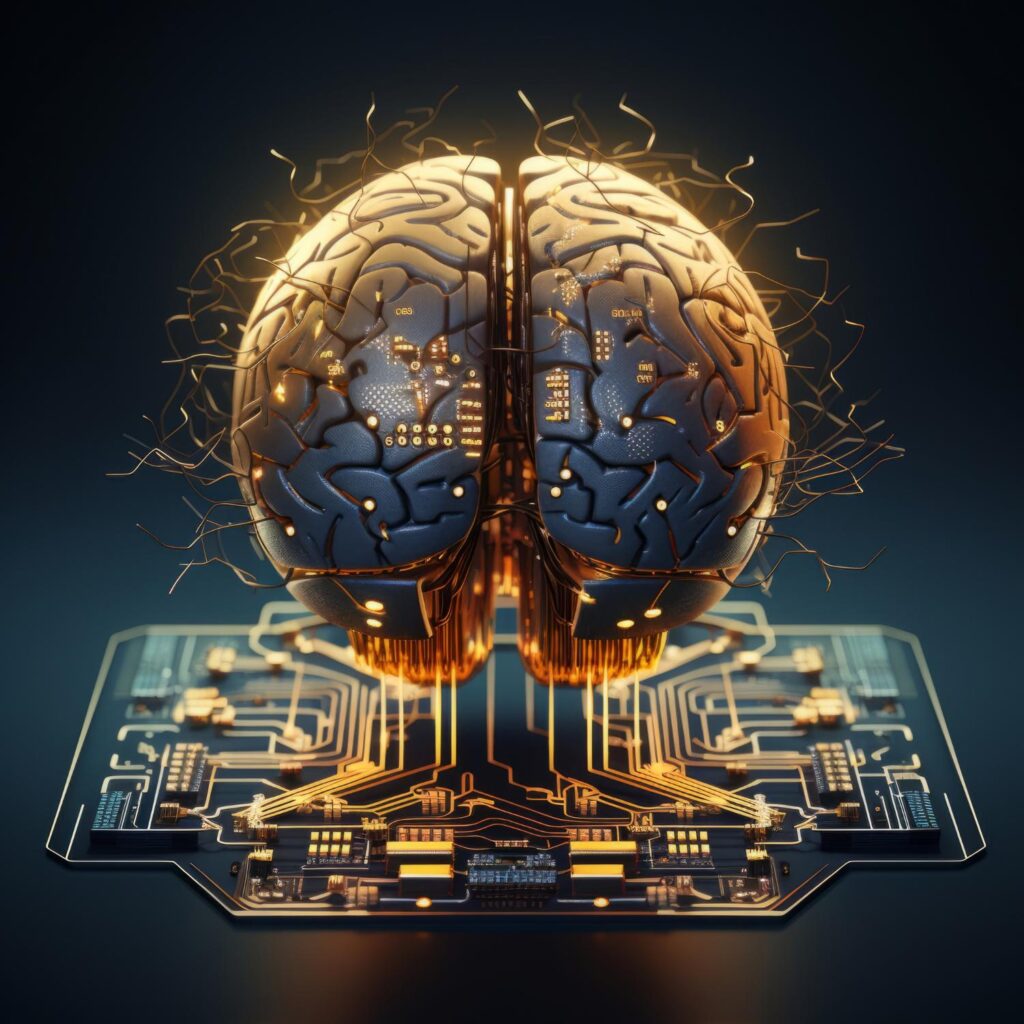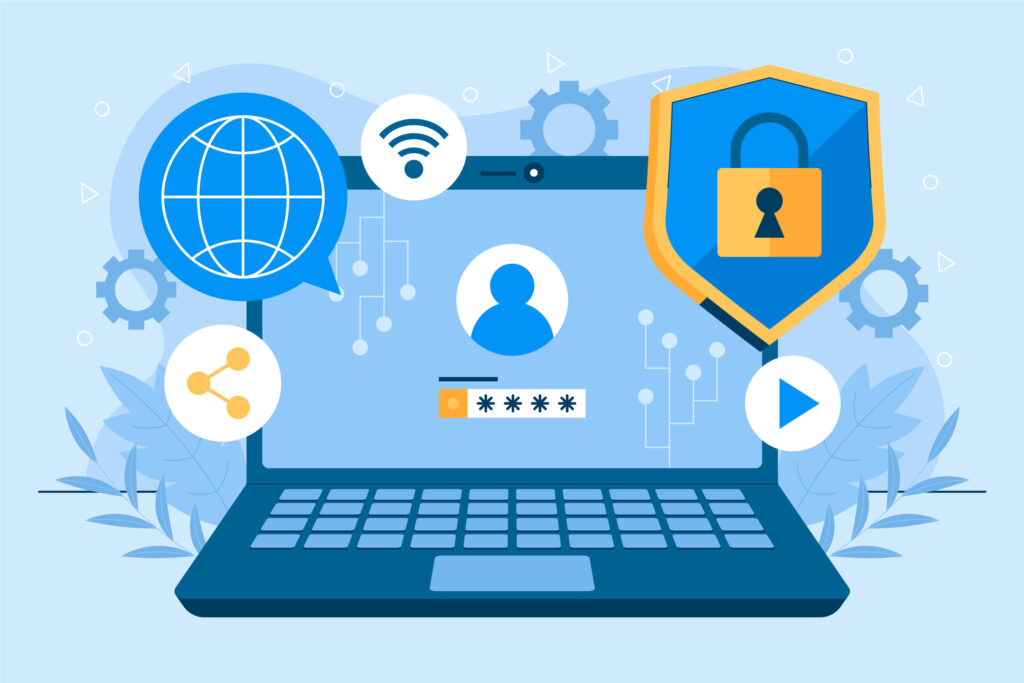OpenAI is preparing a new AI model to be launched by the end of December 2024. That will mark two years since ChatGPT’s release. Unlike its earlier versions, such as GPT-4o and o1, which were introduced simultaneously, the rollout strategy of Orion will be different. OpenAI intends to grant early access to certain firms it collaborates with. These companies are now enabled to own their products and features with Orion.
Launch Details
According to reports, Microsoft, the leading partner of OpenAI, is all set to host Orion on its Azure cloud platform as early as November. Internally, Orion is supposed to be the successor to GPT-4, but it’s not known whether OpenAI will refer to it as GPT-5. Most technology companies make plans that may be revised, so there’s a chance that OpenAI might delay its launch.
Interestingly, right after the initial reports came out regarding Orion, CEO Sam Altman referred to the claims as “fake news.” Then, OpenAI spokesperson Niko Felix said it is not true to state that a model called Orion will be released this year. He said that other interesting technologies are getting ready to be released. Mixed messaging has led people to speculate whether or not there is the actual truth regarding the status of developing Orion.
The Potential of Orion
The OpenAI executives hinted that the new platform, Orion, would be much stronger compared to the GPT-4 model. This could mean an improvement in the performance and capabilities of 100 times. Orion differs from the O1 reasoning model released in September. Eventually, OpenAI intends to combine all the LLMs and create an even more advanced system. This is a very ambitious goal integrated into a long-term vision by the company: developing artificial general intelligence, that is to say, an AI capable of executing any intellectual task that a human can do.
For the moment, OpenAI is using the o1 model, dubbed Strawberry, to generate synthetic data that will be helpful in training for the new model. Back in September, the company threw a party for researchers who managed to finish the new model training. Such a move underlines the efforts the company is exerting and the excitement building around Orion’s capability.
Hints from Sam Altman

Sam Altman has also been dropping hints about Orion in his social media posts. On X (formerly Twitter), he wrote that he was looking forward to the winter constellations. Observers suggest this remark is related to Orion, one of the easiest-to-spot constellations visible from November to February at night. When users asked ChatGPT’s o1-preview model about Altman’s post, the AI answered that he was essentially pointing to the term “Orion.” This is proof that even the AI knows these hints and makes this hype surrounding the upcoming model.
Challenges OpenAI Faces Today
For OpenAI, it is all about timing in the case of Orion. The firm just announced its funding round, which raised $6.6 billion. That funding round will compel it to restructure from a nonprofit into a for-profit, a considerably larger change from how the company traditionally operated. It will help continue to drive the development of additional new technologies, like Orion.
For instance, aside from all these financial alterations, there is massive staff turnover in OpenAI. Three individuals, Mira Murati, Chief Technology Officer, Bob McGrew, Chief Research Officer, and Barret Zoph, Vice President of Post-Training, among others, have recently quit. Such a high rate of change in the top is likely to translate to a shift in the direction and the capability of the company to deliver on its claims.
Future Outlook
As OpenAI approaches the eventual release of Orion, the dialogue surrounding what this new model could be is building. So, users and companies alike are eagerly anticipating how much more evolved Orion will be than its predecessors. There’s a massive expectation that it will not only be more powerful but also more versatile in terms of its applications. Companies that gain early access will have a significant advantage in the market, as they will be able to leverage Orion’s capabilities to enhance their own products and services.
The release of Orion will also fill a much-needed gap in OpenAI’s future. Now that the company has recently been established as a major player in artificial intelligence, releasing this revolutionary model will be the crowning mark to seal the company’s position. More investments and partnerships could also be attracted by a new model, hence driving innovation within the company.
Conclusion
OpenAI’s Orion launch will be the company’s most pivotal and biggest moment in AI history. Plans for Orion remain in development, but the potential for a major leap in AI capabilities is pretty exciting. In fact, through early access for select companies, Orion unlocks new products and features potentially transforming how businesses and people interact with AI. As such, the company must face up to its internal stresses-staff turnover and restructuring-as it seeks to deliver on the promise of Orion. With the date for release fast approaching, both expectations and speculations are likely to rise in anticipation. It is thus a critical moment for OpenAI and partners.





